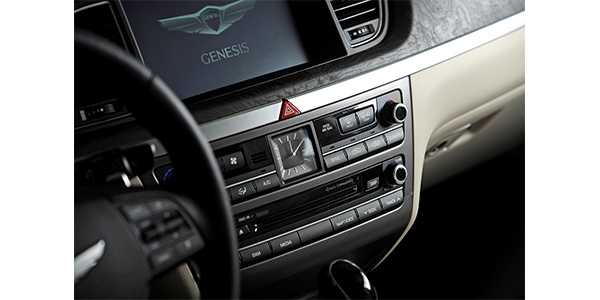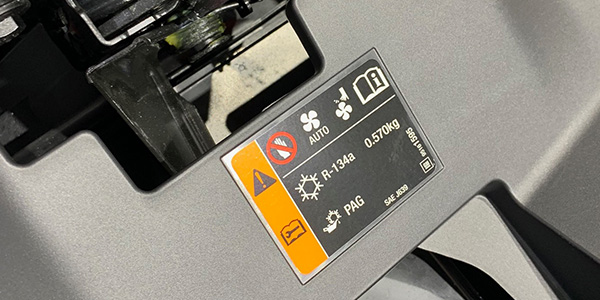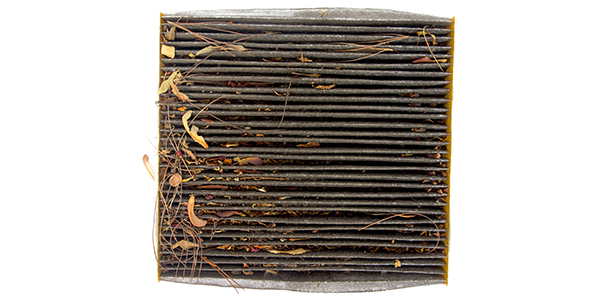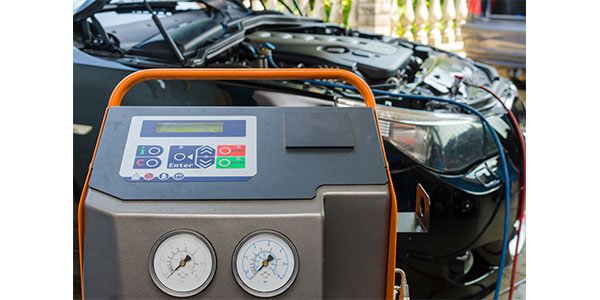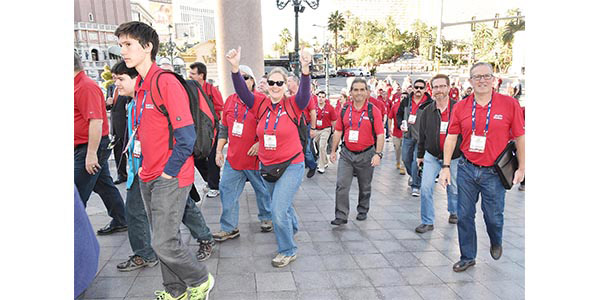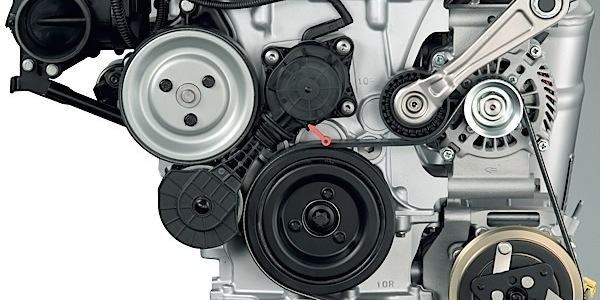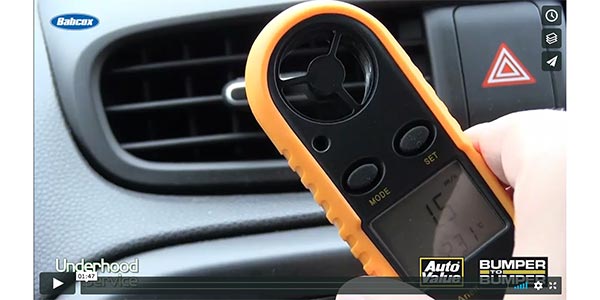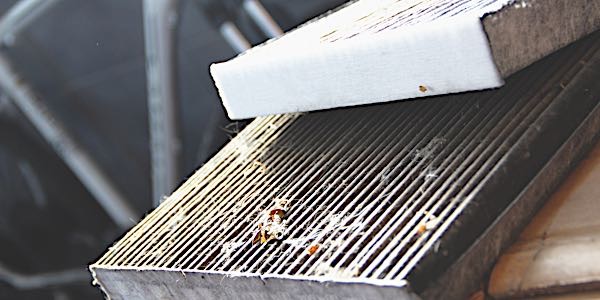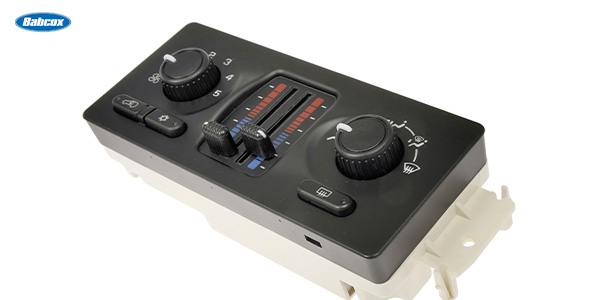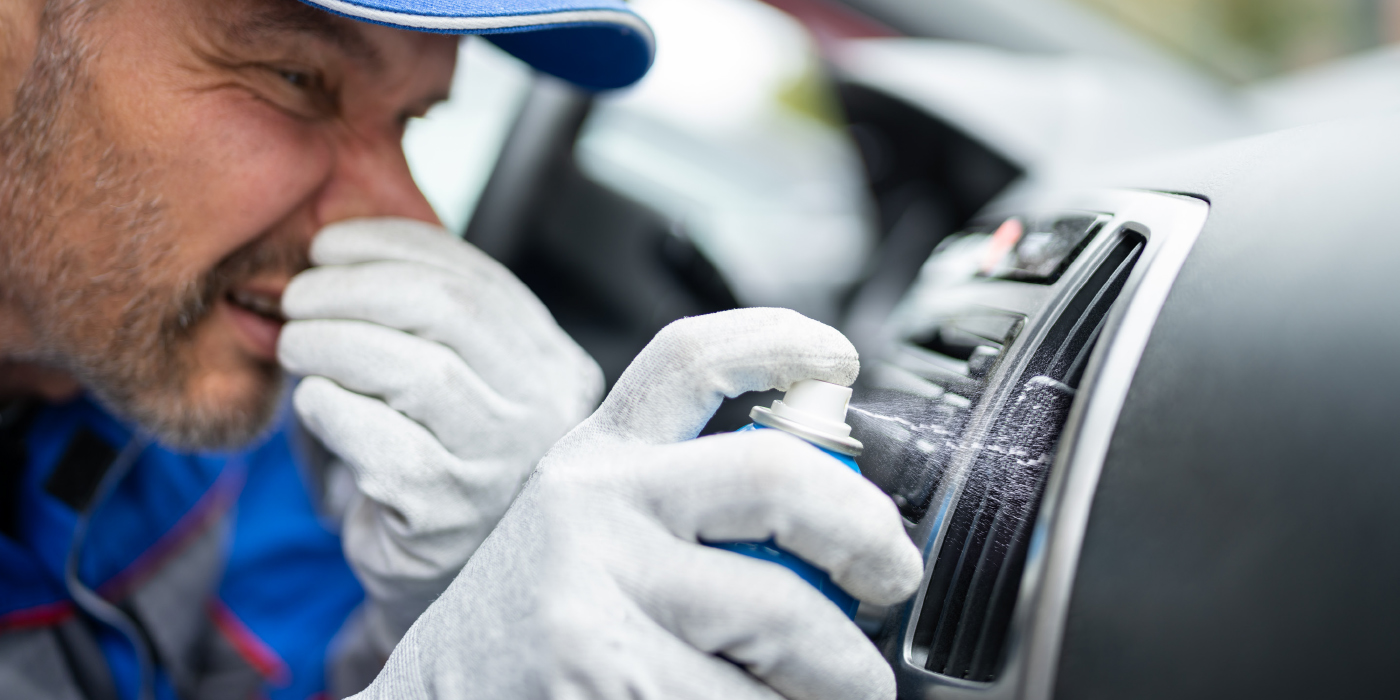While Honeywell’s recent PR efforts have been focused on refuting the concerns over the safety of its new refrigerant, this week the company has reported that a new study has found that its low-global-warming refrigerant, HFO-1234yf, has a global-warming potential (GWP) four times lower than previously calculated – below that of carbon dioxide – enhancing its standing as one of the world’s most environmentally friendly refrigerants.
The independent, peer-reviewed paper, published in volume 51 of Reviews of Geophysics by several leading chemists and environmental scientists from Europe and the U.S., is the first known study where the GWPs of all fluorocarbon-based refrigerants have been calculated consistently using all available atmospheric data, taking into account local atmospheric patterns, according to Honeywell.
The study found HFO-1234yf to have a GWP of less than 1. CO2 is considered the baseline with a GWP equal to 1. Earlier studies had calculated the GWP for HFO-1234yf at 4, which is still a 99.7 percent improvement over HFC-134a, the refrigerant most commonly used in the world’s automobiles that is subject to being phased out under the EU Mobile Air Conditioning (MAC) Directive.
“With the previous GWP rating of 4, it has been well-established that HFO-1234yf offers superior performance to HFC-134a, for which it is a near drop-in replacement. HFO-1234yf also offers significant environmental and economic benefits over CO2-based air-conditioning systems,” said Ken Gayer, vice president and general manager of Honeywell Fluorine Products. “For instance, a study by the Japanese Automobile Manufacturers Association found that HFO-1234yf air-conditioning systems can produce 20 to 30 percent fewer global warming emissions in hot climates than CO2 systems because HFO-1234yf systems require less fuel. If applied to the European automobile fleet, this fuel efficiency advantage for HFO-1234yf could save 8 million tons of greenhouse gas emissions, which equates to as much as 4.5 billion euros in lower annual fuel costs for Europeans. With a GWP of less than 1, we can anticipate even more environmental and economic benefits to using HFO-1234yf.”
HFO-1234yf was the subject of comprehensive testing conducted by an SAE International Cooperative Research Program (CRP) from 2007 to 2009. That CRP, which was sponsored by 15 global automakers – including all leading German automakers, major suppliers and 18 international, independent research institutes – concluded that HFO-1234yf is safe for use in automobile applications.
To learn more about Honeywell’s low-global-warming refrigerant for automotive air conditioning, visit www.1234facts.com.

